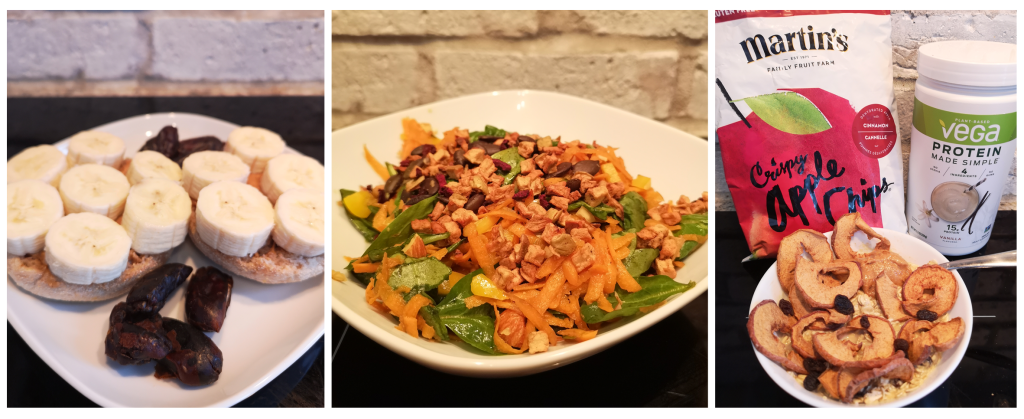Few topics inspire more heated debate and strong convictions than diet. Especially among athletes, nutrition elicits more passionate discussions than politics or religion. Not surprisingly, it’s been the subject that I’ve received the most requests to write about.
My aim with this post is to give you a brutally honest, no BS look at what it takes to fuel my high octane life as a pro triathlete. I shared my thoughts, practices and hard-won lessons on my dietary philosophy and composition, fueling, supplements, groceries, race weight and more. I also included a representative three day snapshot of my diet under heavy training load.
I’m obviously not the first professional endurance athlete to talk about his diet. However, I’ve noticed that the manner in which elite athletes tend to represent their diets on social media and in interviews tends to be infuriatingly inaccurate. It contributes to stereotypes and misconceptions that the best athletes—runners and cyclists in particular—must starve themselves or follow extremely restrictive diets in the name of performance. Given the influence many athletes wield as role models, I’d go as far to say that this misrepresentation is irresponsible and harmful.
I’ll stick to discussing my diet and my observations, not general advice or scientific research. As a disclaimer, I’m not a dietitian and nothing in this post should be construed as advice. Please also keep in mind that my dietary needs as a professional long course triathlete are drastically different than most people’s. Even my 220 pound powerlifting friend is disgusted awed by how much I have to eat!
This post is presented by my longtime sponsor Martin’s Family Fruit Farm, a local company with orchards, offices and a market just minutes from my home. I was raised to value local food and I enjoyed Martin’s produce long before I dreamed of a career in triathlon. Needless to say, it’s been one of my proudest partnerships. I’ll also mention Vega in this post, another Canadian company that I’m proud to represent.

My History
I have a rocky history with food and body image. I’ve shared a good deal about this on my blog and in podcasts, especially in a recent interview. I’ll begin with a brief recap of my background for context.
My thinking and habits around food started to go off the rails when I went off to university at age 18. I adopted a very misguided “less is more” mentality around eating. The same obsessive perfectionist tendencies that I applied to my diet also led me down a path to exercise addiction, overwork, anxiety, self-imposed isolation and a generally miserable university experience. I developed disordered eating habits which, coupled with my inappropriately high training load, soon put me in a chronic energy deficit that persisted for years. I eventually reached a body weight that was about 20 pounds lighter than I currently race at. This compounded other sources of stress in my life leading to a broad, insidious and debilitating range of symptoms: fatigue, anxiety, insomnia, athletic underperformance, low testosterone, reduced sex drive, osteopenia (low bone density), impaired immune function and more.
I was eventually diagnosed with Relative Energy Deficiency in Sport (RED-S), a newly identified syndrome prevalent among endurance athletes that generalizes a condition historically known as the “female athlete triad”.
Suffice it to say, this was a dramatic wake-up call. I gradually committed to a wide range of lifestyle changes to get myself back on track including working with a coach, sports doctor and dietitian. I had newfound respect for the critical importance of dietary and fueling practices. Recovering from these years of self-abusive behaviour took the better part of a decade. I now believe that this long recovery process has been the single greatest factor responsible for my relatively late blooming into my athletic potential.
Related: How I Trashed My Testosterone, How I Triumphed Over Low Testosterone
My Dietary Philosophy: “Aim for a consistent B+”
Given my history, it shouldn’t be surprising that the concept of energy balance is the most important guiding principle of my diet. It’s critical that I manage both the timing of energy intake (on a timescale of hours, days, weeks and months) and the amount in relation to my energy output. Depending on the phase of the season I’m in, I periodize my diet to achieve a neutral, slightly positive or slightly negative energy balance to maintain or gradually alter weight and body composition. I avoided deliberately periodizing my diet for a long time as I overcame my disordered relationship with food and only recently have begun doing this with great care.
It may be surprising to hear that the composition of my diet is a much lower priority than the energy balance. I believe that achieving a “perfect” macro and micronutrients profile while neglecting energy balance is missing the forest for the trees. Of course, the two aren’t mutually exclusive and they both matter immensely.
My diet is far from perfect. In fact, that’s by design. I “aim for a consistent B+”, a philosophy described well by Jesse Thomas. The premise is that it takes a high level of self-discipline and focus to painstakingly adhere to some perfect “A+” diet. I’ve come to accept that these mental resources are finite and how they’re allocated is a matter of triage. By aiming for a consistent B+ with my diet, I’m getting most of the benefits while reserving my mental resources for even more important tasks like training well and reaching the start line fresh and focused.
Everyone has a different idea of what a “clean” diet means. I believe that everything is acceptable within moderation when it comes to food. I’ve come a long way with this mentality compared to my past, when foods were strictly categorized as good or bad. These days, no foods are off limits at any point during the year. I’m also a big believer in indulging any craving (within reason). Frankly, there’s plenty of room for what most people would consider junk when I need to average thousands more calories per day than a typical person.
One exception is that I barely drink alcohol these days. As I’ve gotten older and fitter, the way I metabolize it seems to have changed. My tolerance is embarrassingly low—even one stiff drink is more than enough!
I’ve come to view my digestive capacity as a finite resource. Under heavy training load, I simply can’t take in enough kale salad to maintain energy balance without feeling bloated all the time. My appetite also isn’t always a reliable indicator of my energy needs. So I make a point of having tempting, calorie dense, readily digestible foods on hand at all times.
I’m a grazer out of necessity. It’s like my stomach is a few sizes too small for my activity level. I’m simply unable to put away thousands of calories in one sitting like some of my talented friends. So I have to rely on constant snacking throughout the day rather than a few square meals to meet my high energy needs.
My diet is also highly repetitive. In the sample days below, you’ll see that the same dozen staples make up a huge fraction of my diet. Grocery store clerks love to joke that I must have a pet monkey as they ring up two dozen bananas in my weekly shopping.
I don’t count calories or track my food on a daily basis, other than a brief stint in 2016. It was useful exercise to help me appreciate my insanely high energy needs, but weighing every morsel nearly drove me insane!
My Diet: Flexitarian
My diet is best described as “flexitarian”, i.e. flexible-vegetarian. My diet has been mostly vegetarian for nearly a decade and increasingly plant-based. I’ll occasionally eat seafood or meat when I’m away from home, usually when a nutritionally balanced vegetarian option isn’t available or when a rare craving strikes. I aim to be as flexible and unrestrictive as possible, especially when I’m sharing meals with friends and family.
My primary motivation behind a mostly plant-based diet is to reduce my environmental impact and to offset some of the high carbon emissions of all the travel and gear required by my career. I’ve been gradually shifting towards a more plant-based diet that is less reliant on dairy and eggs.
Many people express skepticism or even shock that elite endurance athletes would willingly choose a plant-based diet, though perceptions are changing. From a health and athletic performance standpoint, I personally wouldn’t make a strong argument for or against animal protein. I don’t find it at all inconvenient or onerous to meet my protein and micronutrients needs from other sources.
My only general observation is that elite endurance athletes don’t tend to follow diets with names. There’s a lot of variation, even at the highest level. More often than not, flexibility is the common denominator, not dogmatic adherence to a particular diet.
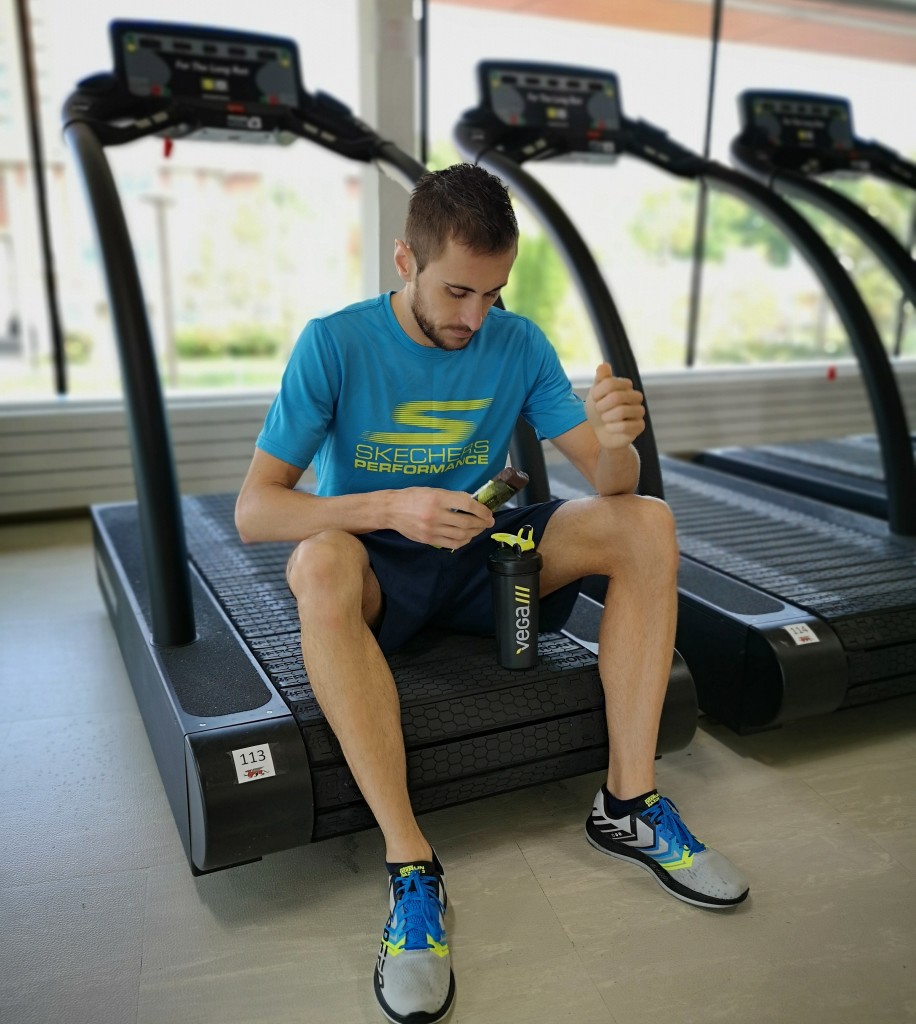
My Macronutrient Profile
I’d estimate my macro profile as 65% carbohydrate, 20% protein and 15% fat. I’m a firm believer that carbs should be the cornerstone of most performance-minded endurance athlete’s diets. This may be a contentious topic lately given the rise in popularity of low carb/high fat and ketogenic diets. At the risk of provoking many irate comments, I’ll say that I’ve yet to personally observe a single elite endurance athlete who strictly adheres to such a diet. My own experimentation with carb avoidance during my disordered eating days yielded horrendous results. To be fair, it’s easier to make a case for these diets for weight management, certain medical conditions, some ultra-endurance athletes and a minority of good responders.
My Fueling
Fueling, aka triathlon’s “fourth discipline”, is a whole other topic. I’ll touch on a few key points.
One of my biggest issues in the past was chronically underfueling workouts. Without even delving into the research on this, I’ll say that it was physically and psychologically abusive and was probably a major driver of my health issues.
These days, I make sure that I’m fueling my sessions well. I typically take in calories during sessions longer than an hour and always prefuel before and refuel after every workout. I rely heavily on “real food” as opposed to products like sports drinks or gels while I’m training. I also make sure I practice with race nutrition during some key sessions.
I have a highly unscientific theory behind my “real food”-based fueling practices. My thinking is that if I can condition my gut to all manner of abuse in training—like fat, protein, fiber—then the highly optimized 100% carb blend that I use for racing is a piece of cake to digest… Sorry, bad analogy. I’ve consulted a few experts on this and no one has shot down my theory yet. These practices, coupled with a very dialed in race fueling strategy, enable me to average well over 100 grams of carbohydrate per hour during Ironman racing. This is freakishly high and is certainly a contributor to my long distance performance.
I don’t deliberately do “fasted” or “glycogen depleted” training, despite some limited evidence to support this strategy (for certain athletes in specific phases of training). In my experience, the drawbacks are numerous and the benefits are dubious. In any case, I inevitably get plenty of incidental depleted training during my long training days and weeks.
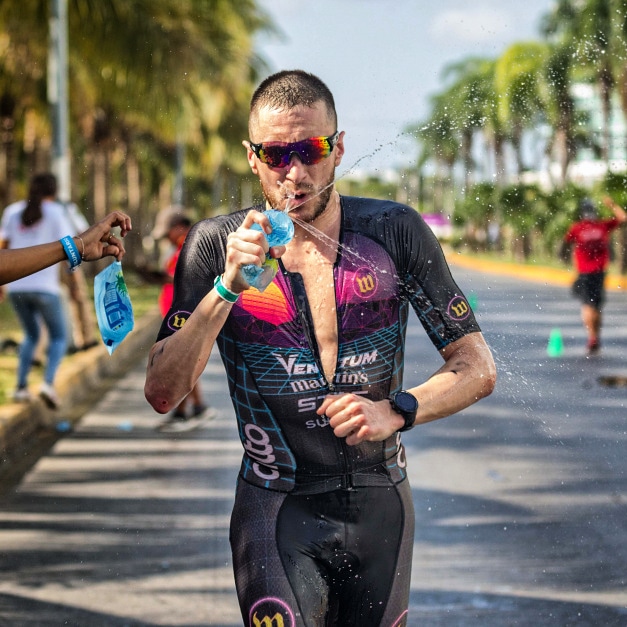
My Supplements
I take a minimalist approach to supplementation and medication. Everything I’m currently taking is listed below. For the purposes of this post, I’m considering fueling products like protein powder, sports drinks, electrolytes, gels and bars to more like food than “supplements”.
I believe that there’s a very short list of supplements offering significant performance benefits that aren’t explicitly prohibited by anti-doping regulations or fall into an ethical grey area that I’m not comfortable with. In addition, even seemingly innocuous supplements introduce the risk of a doping violation through cross-contamination or false labeling. So I stick to basics. I’ve also never held a Therapeutic Use Exemption (TUE).
- iron (~64 mg daily)
- melatonin (1-3 mg most days before bed, up to 5 mg for time zone travel)
- Vitamin D (1,000-2,000 IU daily over the winter)
- caffeine (20-40 mg most days in training, 300-600 mg for racing)
- nitrate, e.g. beetroot concentrate (for racing)
- CBD (sporadically in training)
Cooking & Grocery Shopping
I used to enjoy cooking, but that hobby was yet another casualty of an increasingly hectic life and career. Most of my “cooking” these days consists more of assembly and reheating than culinary artistry. Thankfully, my partner is in an ace chef and baker who handles most of the cooking. (To keep things harmonious, I cover cleaning and home upkeep.) We find it most efficient to meal prep large batches, throwing leftovers in the fridge and portioned containers in the freezer.
Our typical grocery bill for the two of us is $125 per week. This is surprisingly low given my high caloric needs for a few reasons. We mostly shop at discount grocery stores and pick up a few premium items from downtown businesses or farmer’s markets. My diet also leans heavily on cheap staples and our largely plant-based diet is relatively inexpensive. I only eat out at restaurants about once per week when I’m not traveling.
I seek out local food options whenever possible. I’m willing to pay more for benefits like freshness and supporting my local economy. I prioritize local over organic food for several reasons. In my opinion, it’s not a given that organic foods are more environmentally friendly, healthier or better for performance than their conventionally grown or genetically modified equivalents. Shopping exclusively organic would probably also triple my grocery bill!

My Race Weight
Leading into major races, I don’t set out to reach a particular weight or body composition. Instead, I mostly let appropriate training load and diet dictate where I end up. I believe that ideal body weight and composition are moving targets and more of a window than a fixed point. I’ve had my best triathlon performances between 154 to 160 pounds (70 to 73 kg), a range that can look and feel surprisingly different on my 6 feet (182 cm) tall frame.
I avoided regularly weighing myself for years as I found it too tempting to react to the numbers I saw on the scale. Only recently have I felt mature and rational enough to resume daily weigh-ins on a smart scale that uploads directly to my training software. Under heavy training load, I find it dangerously easy to unintentionally create an energy deficit of several hundred calories per day, which can abruptly lead to problematic weight loss. I use my daily weight data to monitor general trends and to make sure I’m within an acceptable range given the phase of the season.
My Typical Diet
Here’s a three day snapshot of my typical diet under heavy training load. I’ve included photos in some cases. Note that photos do not portray portions since I usually go back for seconds (… or thirds … or fourths). I also included a guesstimate of energy output and intake each day. Note that I likely finished this three day block in a significant energy deficit. I rely heavily on lower activity recovery days to make up the difference.
Day 1
- Approximate energy output: 8,000 calories
- Approximate energy intake: 6,000 calories
- Training time: 6 hours
- 9:30 AM – wake-up/breakfast
- tea with cashew milk
- large flake oats with cashew milk, Martin’s Apple Chips (cinnamon), Vega Protein Made Simple (vanilla), peanut butter, raisins
- 10:30 AM – 1:00 PM – snacks/lunch
- veggie pizza (from frozen)
- whole wheat English muffin with banana, peanut butter
- large flake oats with cashew milk, Vega protein, peanut butter, dates
- dark chocolate
- 2:00-8:30 PM – long/hard trainer ride (6:00:00, ~5100 Cal, 234 W AP/242 W NP)
- root beer
- carbohydrate race blend
- Martin’s Apple Chips (cinnamon)
- berry smoothie with Vega Protein
- perogies
- potato chips
- Vega Sport Hydrator (berry)
- 8:30 PM – post-ride refuel/dinner
- plant-based stir fry (soy curls, assorted veggies, white rice)
- mixed green salad with oil/vinegar dressing, Martin’s Saladitions Citrus Pepper Blend (apple, pumpkin seeds, sweet potato, beets)
- homemade lemon-ginger kombucha
- ice cream
- 10:30 PM – late night calorie injection
- fast food veggie burger, fries, onion rings
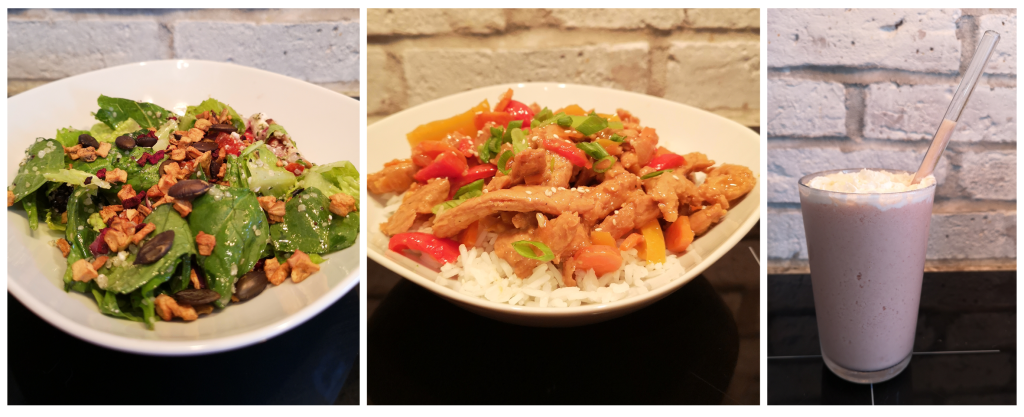
Day 2
- Approximate energy output: 6,000 calories
- Approximate energy intake: 5,500 calories
- Training time: 4 hours
- 6:45 AM – wake-up/pre-workout breakfast
- tea with cream
- whole wheat bagel with peanut butter, raisins
- banana
- plain yogurt (3%)
- 7:40 AM – moderate swim (1:20:00, 4000 m)
- grape juice
- 9:20 AM – hard treadmill run (1:20:00, 20.2 km)
- grape juice
- Vega Sport Hydrator (lemon/lime)
- Endurance Tap maple syrup gel
- Vega Sport Protein bar (immediately after)
- 11:00 AM – refuel/lunch
- avocado toast with eggs
- mango/chia seed parfait
- date square
- 2:30 PM – post-nap snacks
- large flake oats with coconut milk, banana, Vega Protein Made Simple (dark chocolate), peanut butter, raisins
- 6:30 PM – dinner
- vegetarian chili with homemade cheese bread, hummus, beet chips
- dark chocolate
- spoonfuls of cake icing
- 7:30 PM – easy trainer ride (1:20:00, ~1000 Cal, 210 W AP)
- mango juice
- 9:00 PM – refuel/bedtime snacks
- large flake oats with coconut milk, banana, Vega Protein Made Simple (vanilla), peanut butter, raisins
- whole wheat English muffin with peanut butter, vanilla yogurt
- potato chips
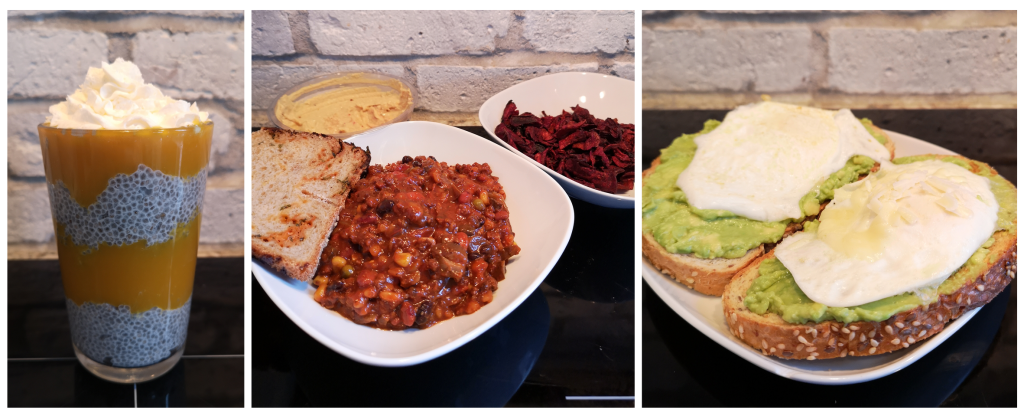
Day 3
- Approximate energy output: 4,500 calories
- Approximate energy intake: 6,000 calories
- Training time: 2.25 hours
- 9:00 AM – wake up/breakfast
- tea with cream
- large flake oats with cashew milk, Martin’s Apple Chips (cinnamon), Vega Protein Made Simple (vanilla), peanut butter, raisins
- 11:30 AM – pre-workout snack
- Vega Sport Energy Bites (coconut cashew butter)
- 12:00 PM – hard swim (1:40:00, 5,000 m)
- root beer
- 1:00 PM – easy treadmill run (45:00, 10 km)
- root beer
- 2:00 PM – refuel/lunch
- homemade kombucha with Martin’s apple cider
- Vega Protein Snack Bar (coconut almond)
- 5:00 PM – post-nap snacks
- large flake oats with coconut milk, banana, peanut butter, dates
- 6:00 PM – dinner
- leftover vegetarian chili with homemade bread
- spinach, carrot, pepper salad with Martin’s Saladitions Zesty Fruit Medley (apple, cherries, cranberries, pumpkin seeds)
- dark chocolate
- 7:00-11:00 PM – snacking
- vegetarian Chinese potsticker dumplings (from frozen)
- double chocolate muffin
- decaf coffee
- English muffin with peanut butter, dates, banana
